On This Day…April 27th.
A beautifully haunting memorial to two B-17 crews, one of which went down near Rocheville, France, on April 27th 1944. The Fortress took flak on left wing, caught fire and spun to the ground, crashing near Le Pont Durand, two miles S of Rocheville...
Pilot: Herb Small,
Co-pilot: Roy Morris,
Navigator: Jim McGee,
Bombardier: John Sewack,
Flight engineer/top turret gunner: Dick Pirrello,
Radio Operator: Marion Parker,
Ball turret gunner: John Reynolds,
Waist gunner: Dave George,
Waist gunner: Russ Ulrich,Tail gunner: Ed Potkay
The Akagi in Sukumo Bay, Kochi Prefecture, Japan, 27 Apr 1939.
Originally laid down as a Battlecruiser (much the same as early US Carriers), the design was far from typical of later flat-tops. With an island on the port side, multiple flight decks, and a very high profile. Dick Best applied the coup-de-grace to the Akagi in the Battle of Midway.
In the photo above, on the same day, she is seen alongside the battleship Kirishima (below) in Tsukumo Bay, Japan.
Although we were by now in the last stages of the war in Europe, human losses of monumental proportions were still being experienced daily. April 27th, 1945 saw the third attempt of the German Ninth Army to break out through an offensive ring Soviet forces in what became known as the ‘Battle of Halbe.’
It was a measure of the fear and loathing the Germans held for the Red Army that the Ninth were prepared to fight their way out in the face of guaranteed huge losses, rather than surrender to the Russians.
The Ninth Army, under the leadership of General Theodor Busse, were surrounded in a large pocket in the Spree Forest region (south-east of Berlin) and attempted to break free of the Russian lines to link up with the German Twelfth Army commanded by General Walther Wenck. The plan was then to head west and surrender to the Western Allies.
To do this, the Ninth Army had to fight its way through three distinct lines of Soviet troops of the 1st Ukrainian Front under the command of Marshal Ivan Konev, while at the same time units of the 1st Belorussian Front, under the command of Marshal Georgy Zhukov, attacked the German rearguard from the northeast.
The juxtaposition and confusion of having to fight in order to surrender extended to the German forces themselves, with rancour and mistrust between the SS and Wehrmacht soldiers. Documented cases exist of regular German army and civilians in the Halbe pocket taking martial law into their own hands to prevent Waffen SS atrocities.
After heavy, blood soaked fighting, about 30,000 German soldiers (constituting barely one fifth of those originally in the pocket) managed to link up with the Twelfth Army to surrender to the West. Soviet Army sources claimed to have killed 60,000 Germans and taken 120,000 prisoner, a figure generally accepted as exaggerated, but not by much.
Staggeringly, even seven decades after this battle, Germany is still burying its dead. The photo above shows the military graveyard in Halbe, southeast of Berlin, where hundreds of people turned out to pay their respects to 123 soldiers whose remains were found in the forests of Halbe and laid to rest in 2015.
Yep, more Carriers...the USS Yorktown (CV-10) at Norfolk, Virginia, United States, 27 Apr 1943.
US Navy mechanic Alvin V. Morrison working on a PBY Catalina at the Naval Air Station in Seattle, Washington, US, 27 Apr 1944.
Sherman ‘Crab’ flail (anti-mine) tank undergoing tests prior to D-Day with the UK 79th (Experimental) Armored Division Royal Engineers, 27th April, 1944.
USS Carbonero SS-337) being sunk as a target off Hawaii on the 27th April, 1975.
Sergeant Francis Daggertt and German soldier (aged 10) who was ‘apprehended’ in Kronach, east of Frankfurt, on April 27th 1945. This kid has been seen in several photos with varying ages, but best I can find, he is 10 years old.
Rear turret of a Short Stirling Mk I (of 75 Bomber Squadron) that was attacked by a night fighter on return from a sortie to Duisburg on April 27th, 1943.
April 26th, 1945 marked the disaster of Operation ‘Tiger’.
Nine huge tank landing ships (LSTs) set off with 30,000 troops in the late evening of the 26th April, simulating the overnight channel crossing in preparation for D-Day. In further set up for that ‘day of days’, live ammunition was used in the exercise, to habituate troops to the sights, sounds and smells of actual battle.
However, in the early hours of the 27th, the convoy was spotted by a nine vessel E-Boat patrol.
Multiple LSTs in single-file in good light conditions didn’t have a chance against fast-attack E-Boats capable of 55mph. LST-531 was torpedoed and sunk in minutes, killing at least 424 Army and Navy personnel. LST-507 was torpedoed next, with the loss of 202. LST-289 made it to shore in flames, losing 109 men. LST-511 was damaged in one of many resulting friendly fire incidents.
The ultimate death toll would stand much higher, had not Captain John Doyle disobeyed orders and turned his LST-515 around, plucking 134 men from the freezing and dark waters.
To this day, the Exercise Tiger disaster is largely forgotten. Some have claimed official cover-up, though information from press releases appeared in the August edition of Stars & Stripes. It seems likely that the need for secrecy around the subsequent D-Day invasion consumed the Tiger disaster, almost completely. History has a way of doing that, and there are startling similarities between the handling of Operation Tiger and the catastrophe of the USS Indianapolis (news of which was swallowed whole by the VJ Day headlines).
Local resident, Ken Small, after finding relics on the beach for years, went on something of a one man crusade to (literally) uncover the sad and terrible truth behind Operation Tiger. When a local fisherman told Ken of an object just offshore, he became even more involved, eventually discovering the ‘object’ to be a Sherman tank.
After negotiations over several years, Mr Small bought the vehicle from the US government for $50, finally recovering it from the sea (with the help of local residents and dive schools/clubs) in May 1984.
Now, 70 years on from its sinking, the tank has not only become a war memorial, but was also officially recognized by the US Congress, acknowledged by the addition of a bronze plaque.
For some scale of the disaster, Steve Sadlon, survivor (below), is on record as saying that in comparison to the Operation Tiger practice attack, “Utah Beach on D-Day was a walk in the park"
In the afternoon of April 27th, one of Germany’s most prolific submarine captains, Erich Topp, sank the British freighter, Beacon Grange from his ship, U-522. It was his tenth of 35 victories.
U-522, Der Rote Teufel (the Red Devil, see nose art - conning art? - in model photo below), sank 30 ships and crippled several others on ten war patrols. During this run of victories, Topp sank the destroyer USS Reuben James on 31 October 1941, the first US Navy warship to be lost in World War 2.
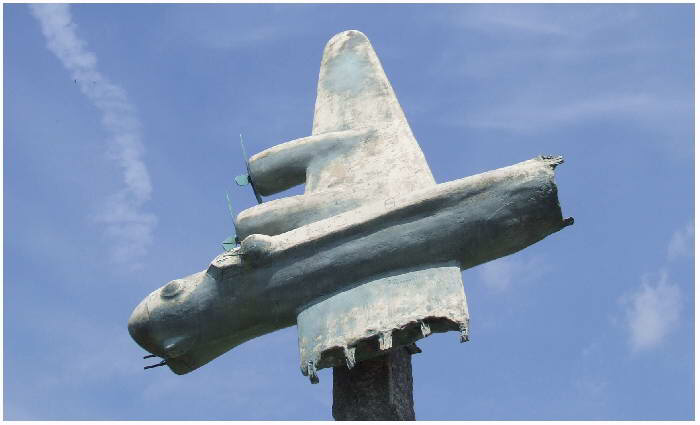

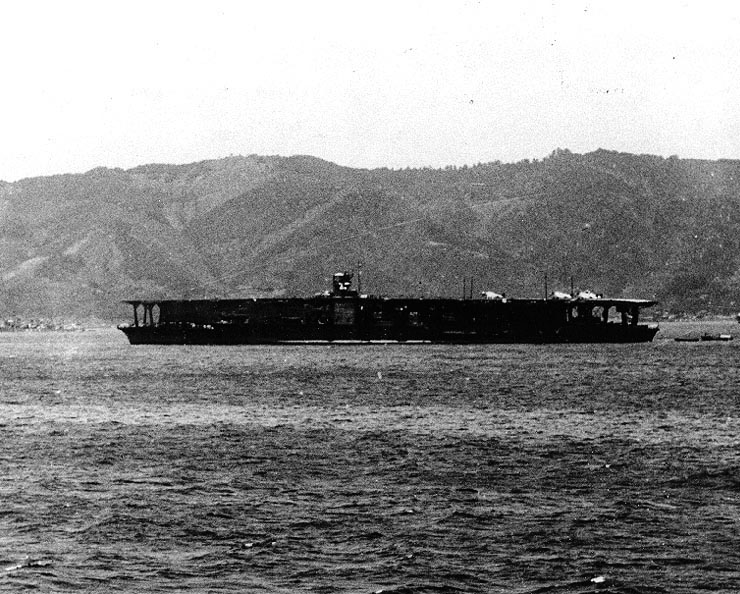
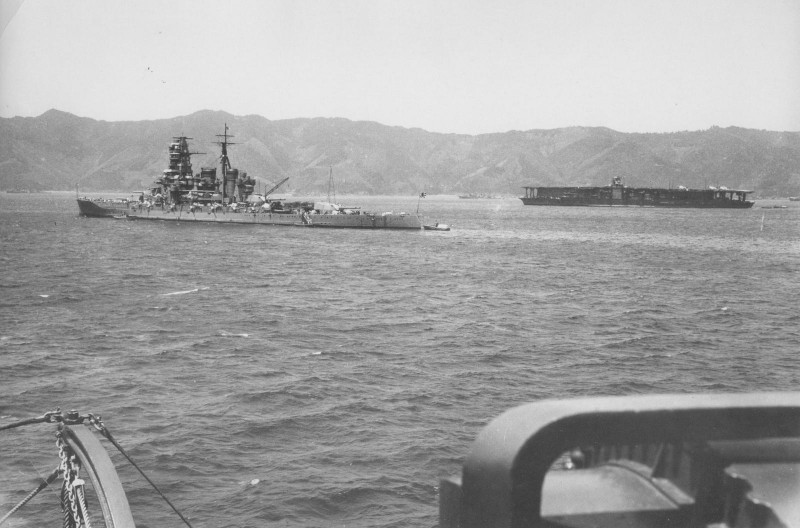
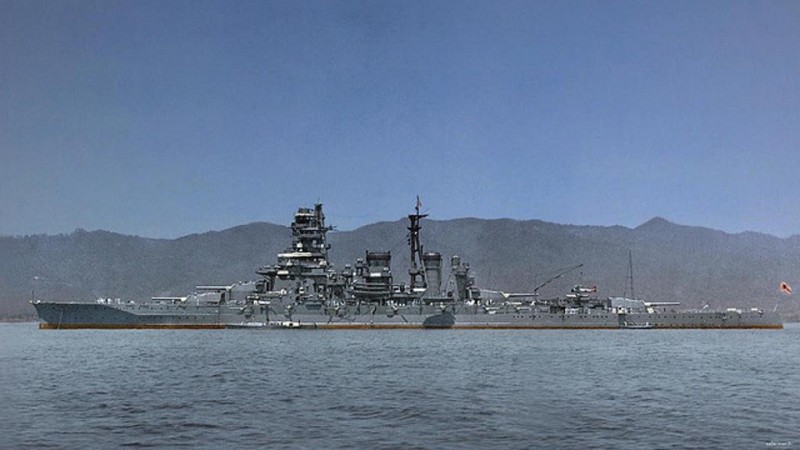
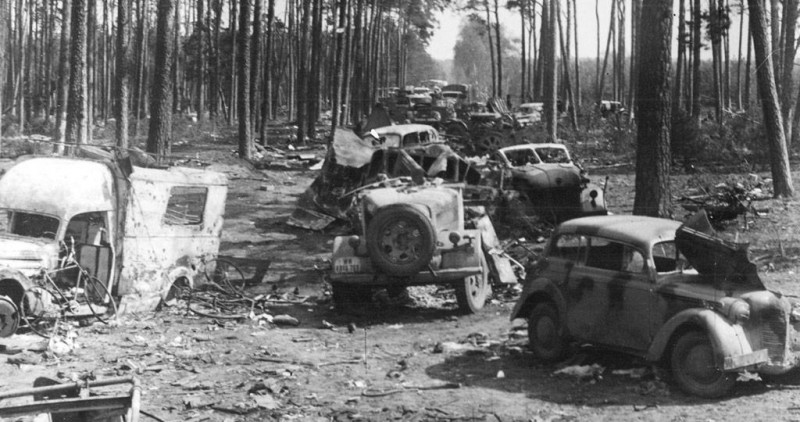
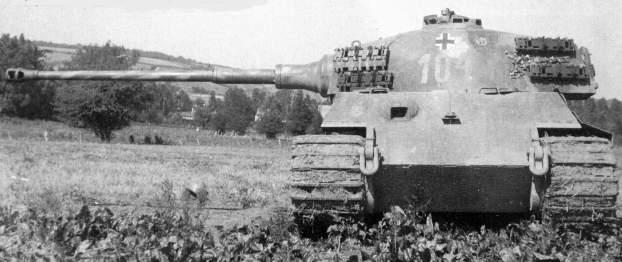

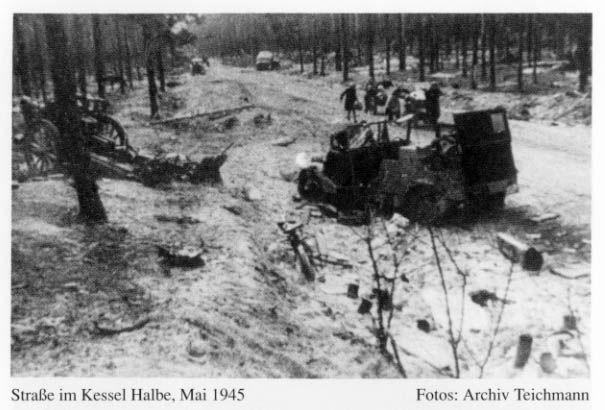
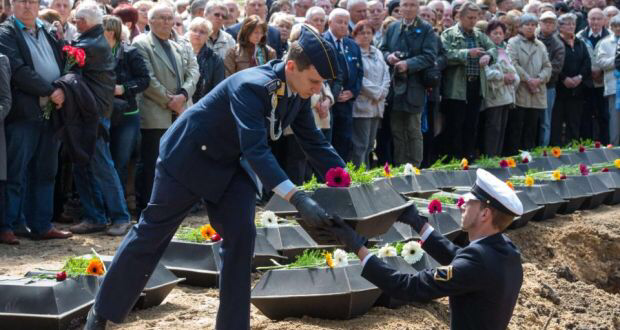

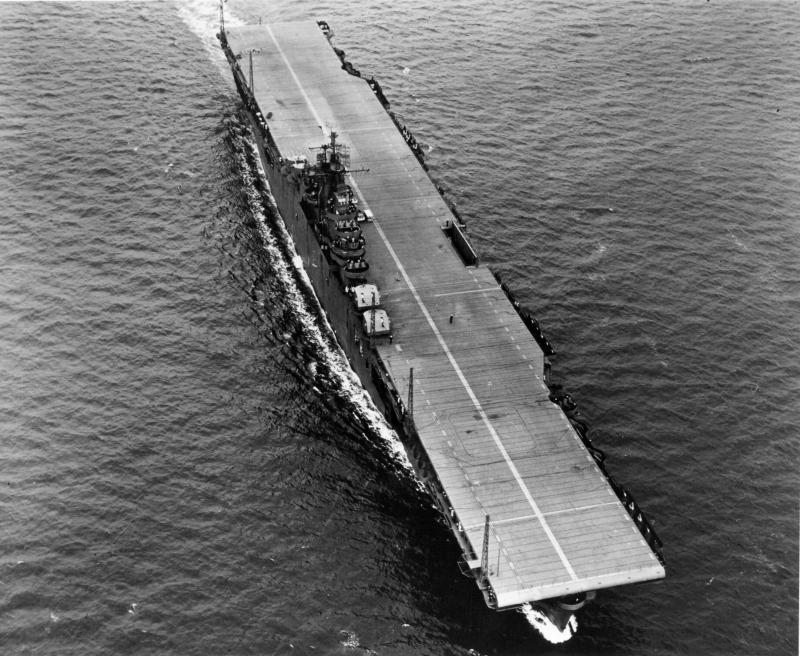
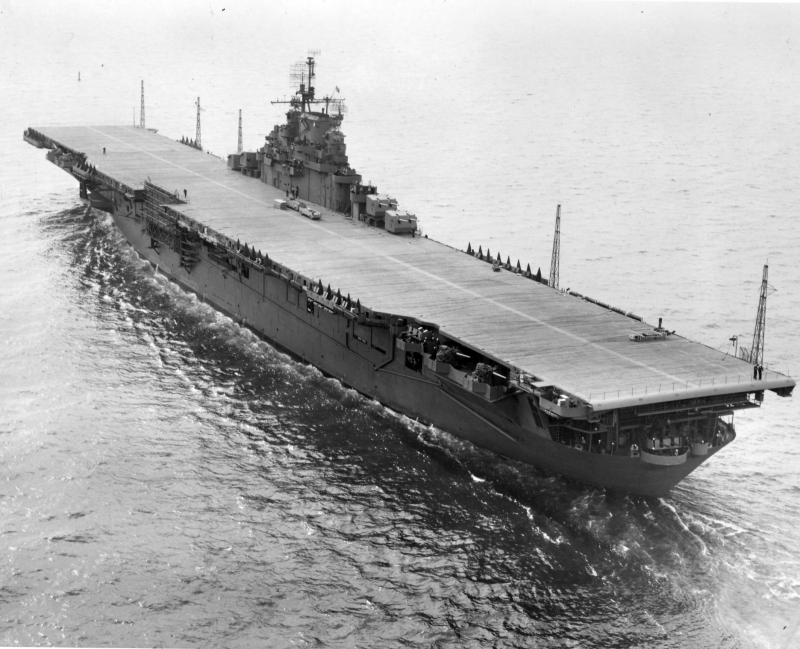
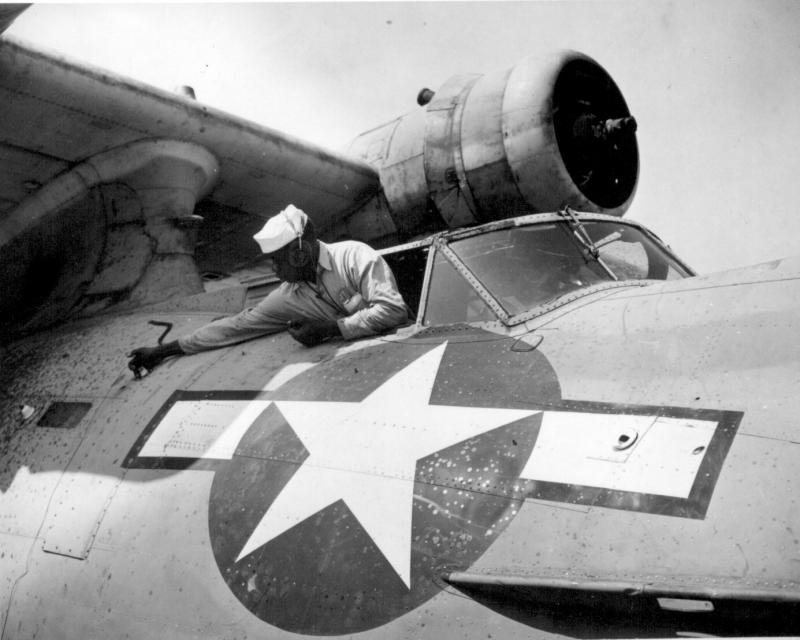

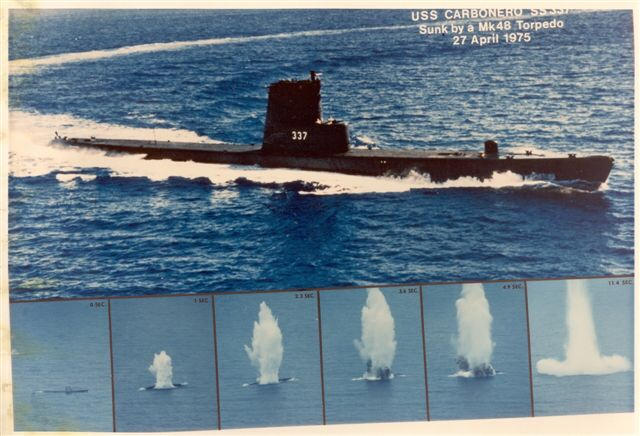
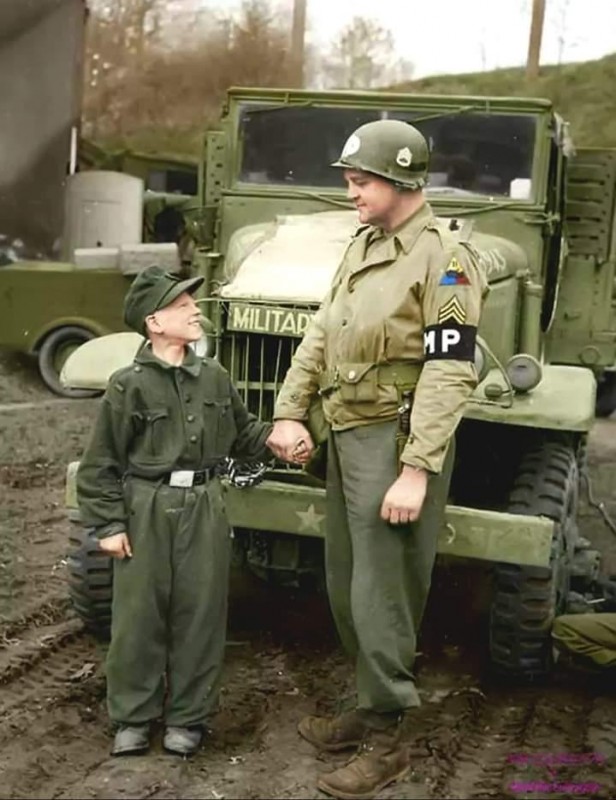
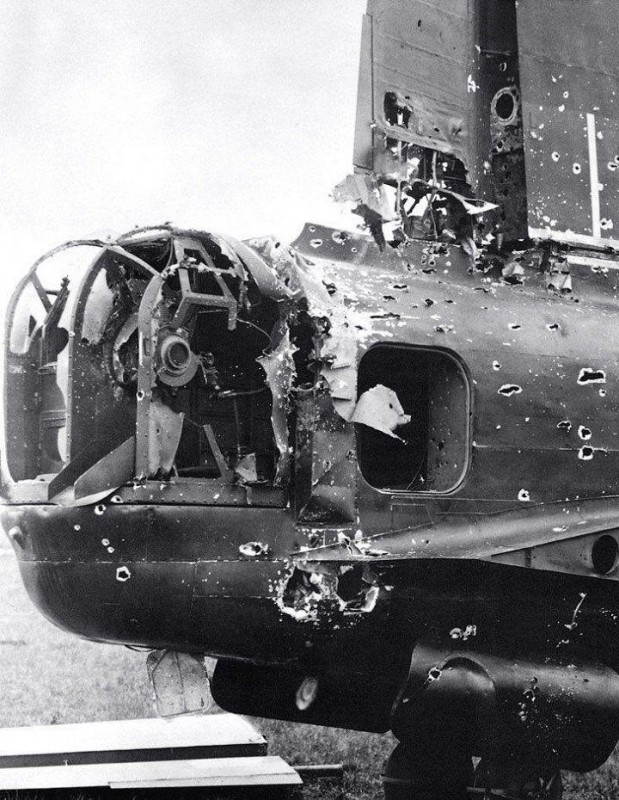
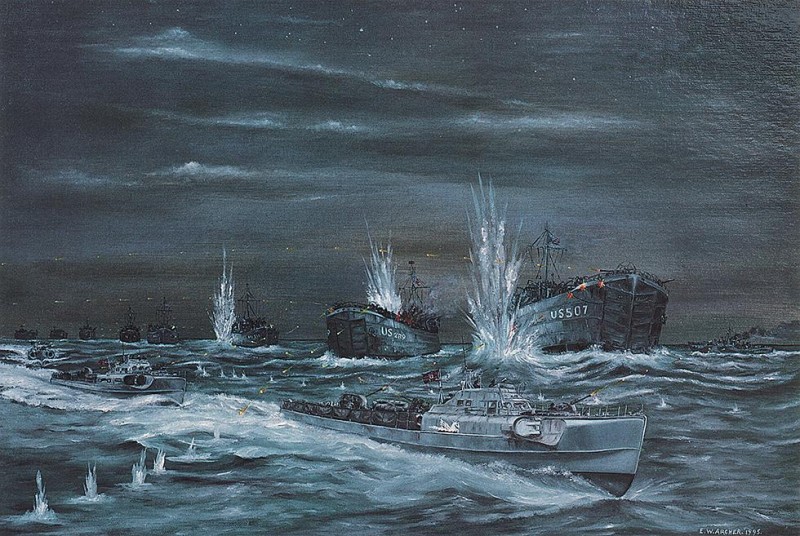
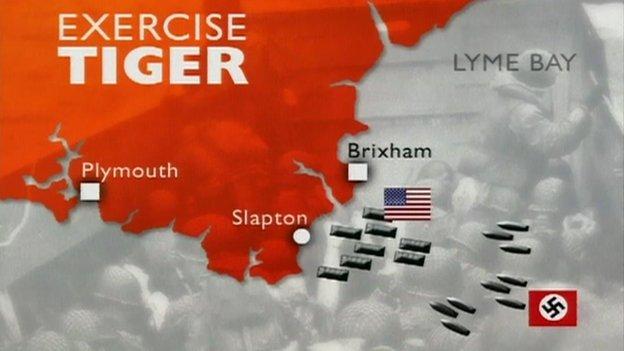
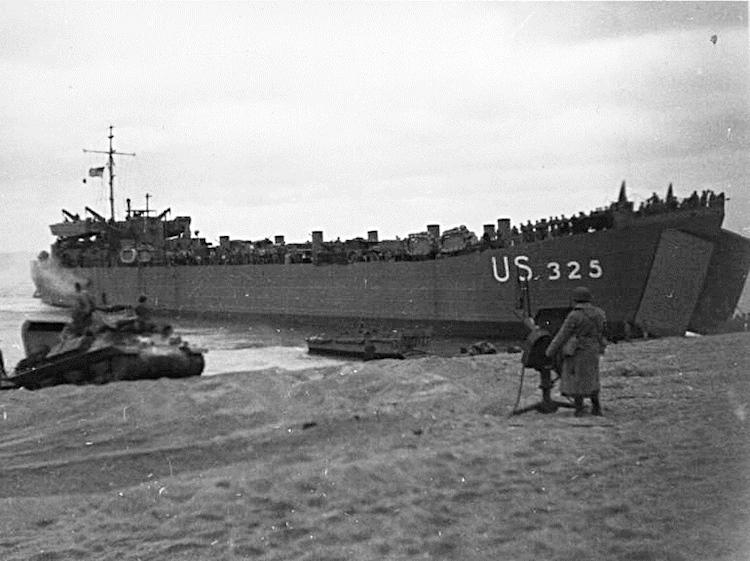
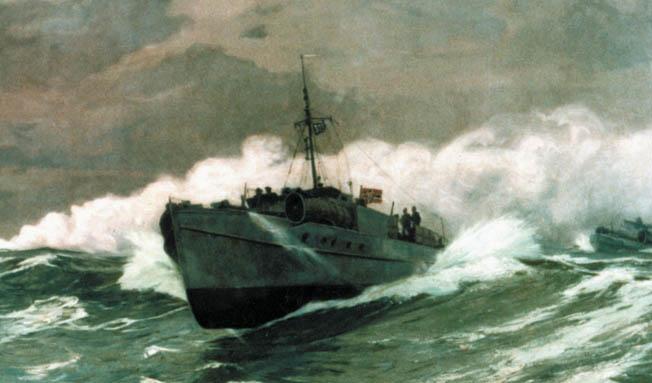

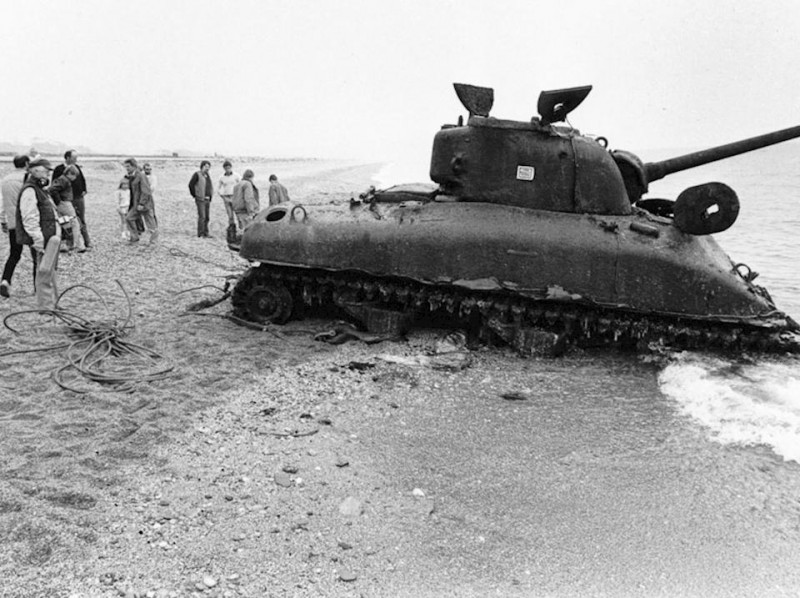

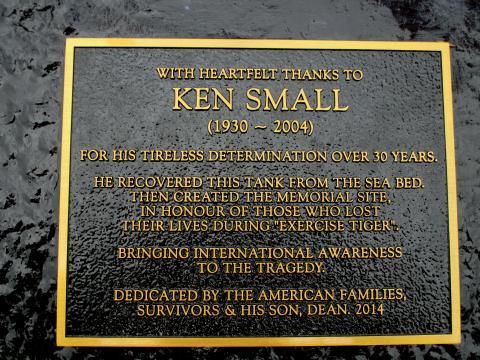

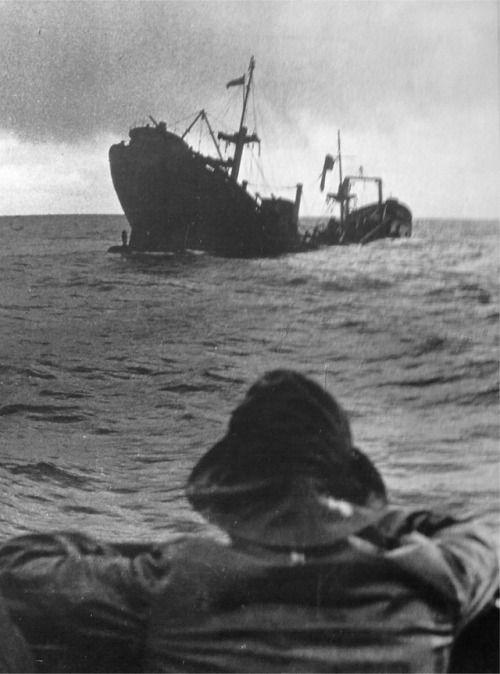
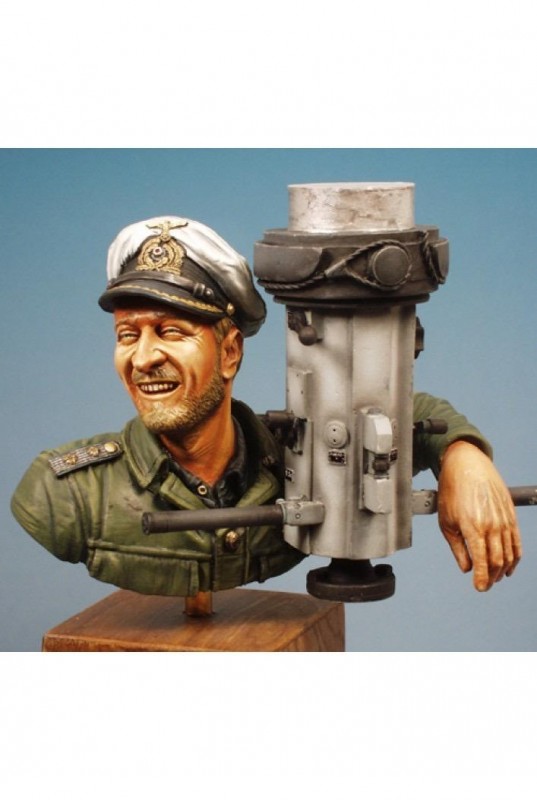
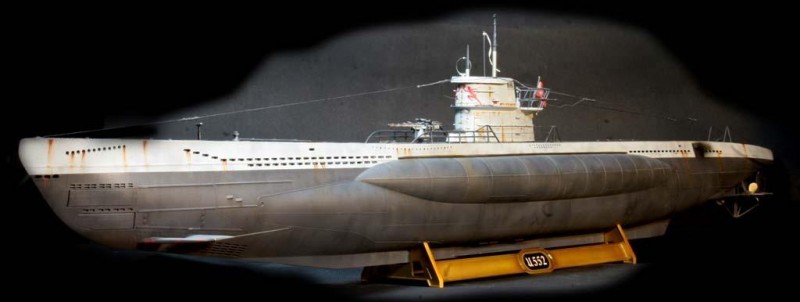
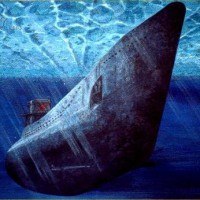
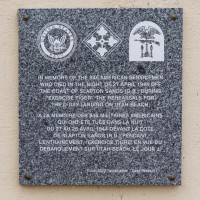
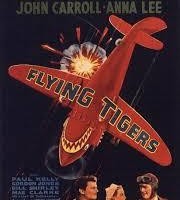
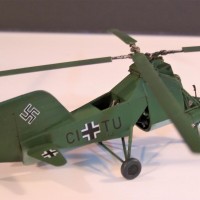
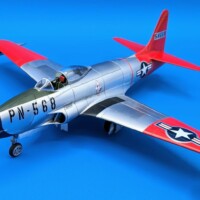
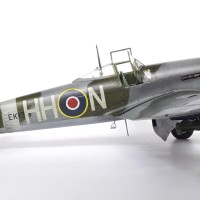
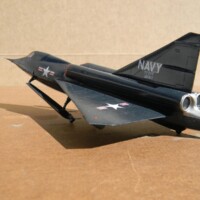
David, in many ways the mention of Operation Tiger all by itself justifies the OTD series, but together with the Battle of Halbe this is a very fine post indeed.
Great pics all around. Good show, friend.
Thank you, David. In the U.K. the story of Operation Tiger is only just gaining traction and it is good to hear individual stories emerging, allowing men (almost all posthumously) to rest easier knowing that this generation have heard and understand their stories. Again, there are similarities with the Indianapolis.
The story of the Halbe just reaffirms not only that war is just terrible, but that there are always worse enemies (internally and externally) than the one you think you are facing - there’s an easy way through life and a right way. They are not always the same.
As always, David, your comments are deeply appreciated.
Halbe certainly evokes a different sort of gestalt in us regarding war. The "us and them" thing is clearly in play, but begins to break down a bit when we see that War is a kind of monster that has taken on a life of its own. It made me think of the scene Josephus describes as the Romans finally enter the stronghold of Masada, only to find their foes had taken their own lives rather than see their wives violated, their children enslaved, and themselves crucified. The Romans looked on their remains not with disgust or pity, but admiration. Hard, hard choices forced upon people who are so far removed from what they had hoped for in life the entire thing defies our ability to grasp.
I appreciate you, David.
The father of my good friend and former writing partner, Ken Goldman, was the navigator on the attack transport USS Charles Carroll, which was at Slapton Sands (which is how the fight is otherwise identified) and wrote about it extensively in a diary that Ken used when he wrote a biography of the Carroll, "Attack Transport," and included information about this event.
Just ordered this, Tom. Thanks for the recommendation, it is exactly my type of book.
As our friend D.Thomas so rightly points, some war actions you present at OTD might deserve some added information...I mean, these 2 battles you present here, much like others in the past few days/weeks are probably unknown or less known by most of us, your devoted readers. The way you write about them, describing the most relevant facts of those killing fields is always made in a most professional but enthusiastic way, David. Obviously, this column is just a hobby to you, and it surely takes a lot of reading to compile all this information, so there you have it, nice to have but understandably a significant demand of your already precious time. As usual, my compliments to you David
Thank you, Pedro. These are very special comments and really, I cannot thank you enough for them.
@holzhamer
Good work as usual, David. Thanks again.
you absolutely out did yourself David...the halbe/the pby/the kid/the tail gun/tiger that terrific figure...and those writing skills
Cheers, Bob. You are an absolute star.
Good article as always, David. Attached is a photo of the USS Yorktown as she is today, moored at Patriot's Point, Charleston, SC. Photo was taken November 2017.
1 attached image. Click to enlarge.
Thanks for the photo of the Yorktown, Jaime. She is a beautiful lady.
@jetmex
Love your little slices of history!
Really appreciate you stopping by, Greg.